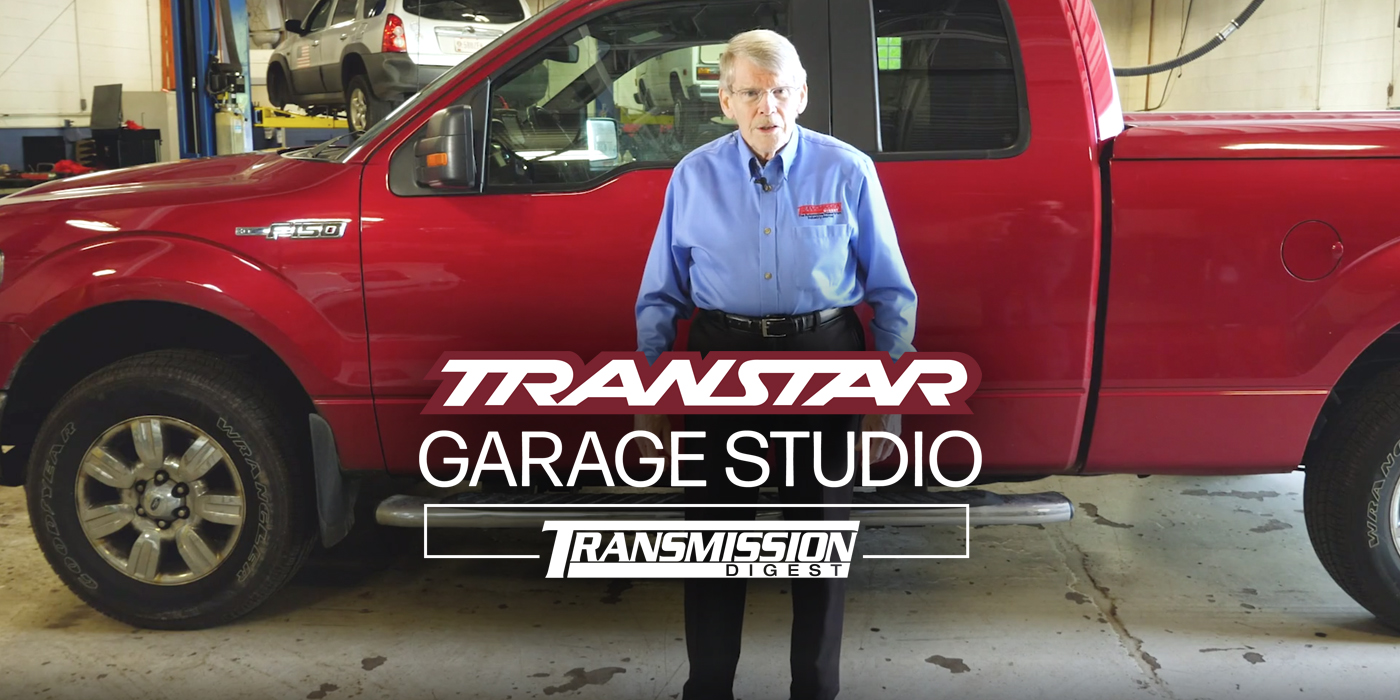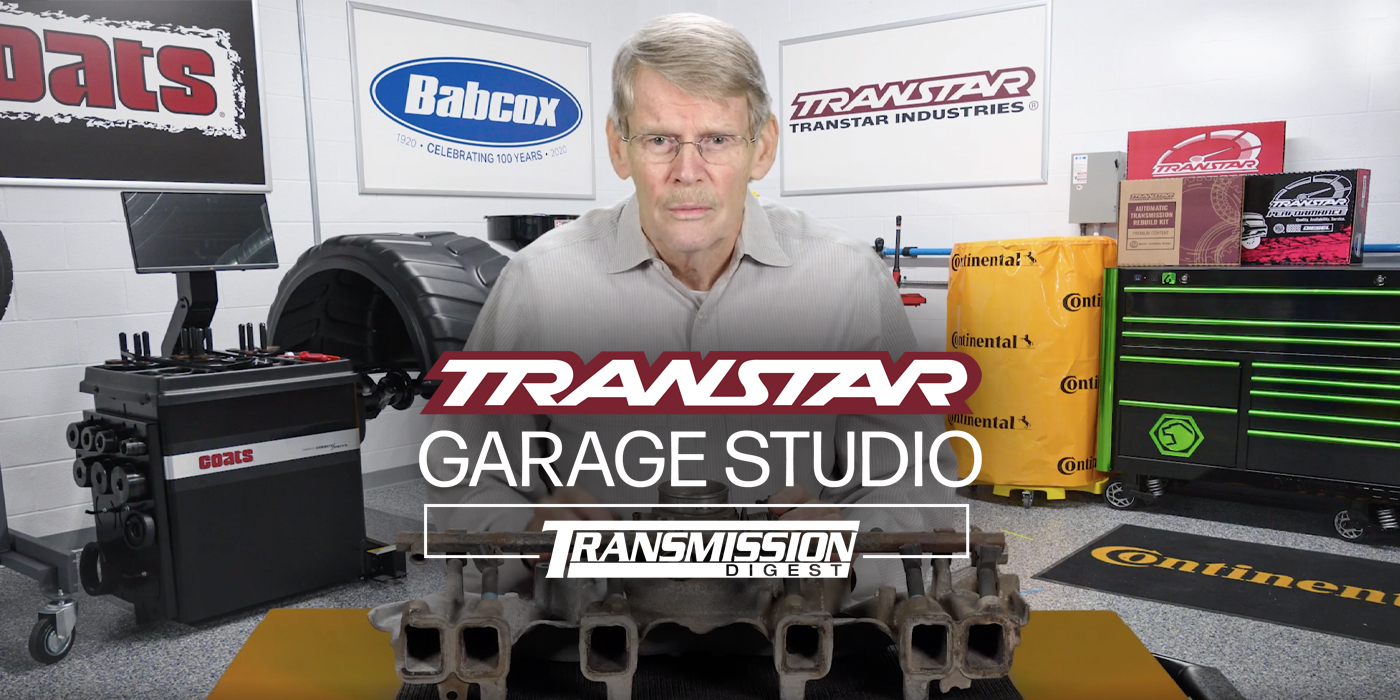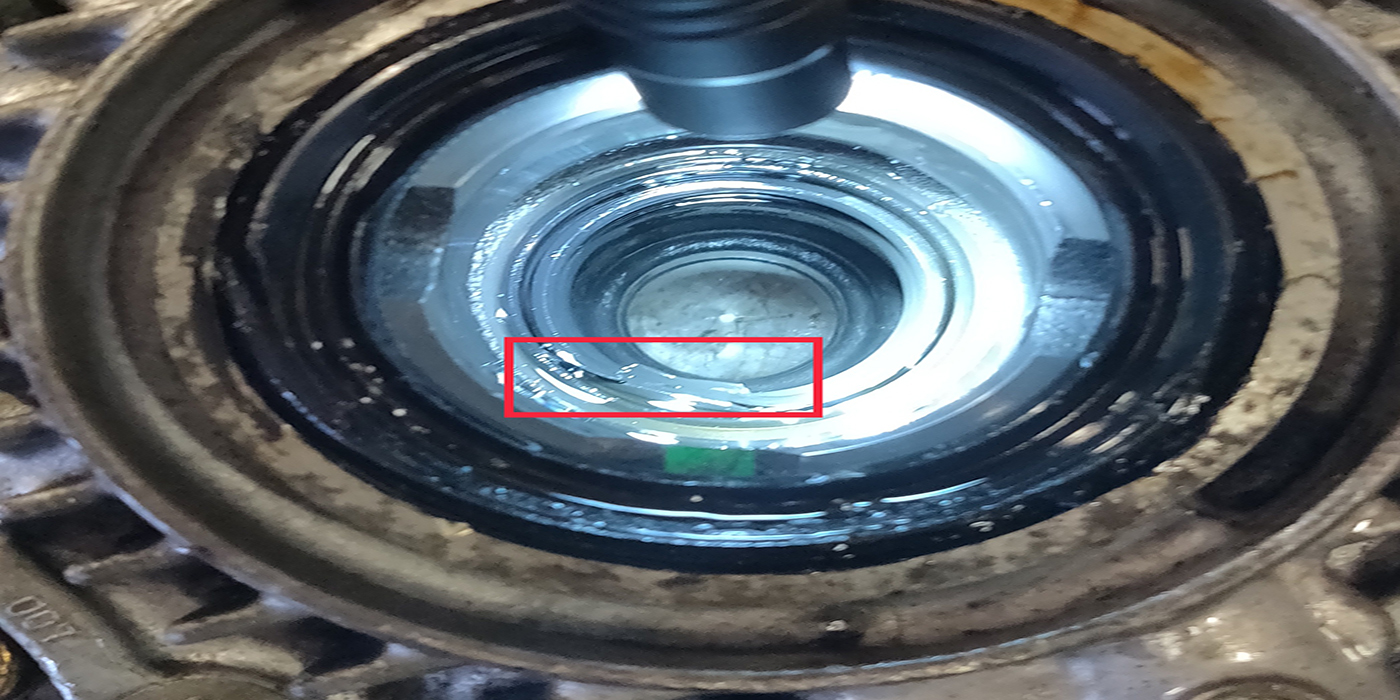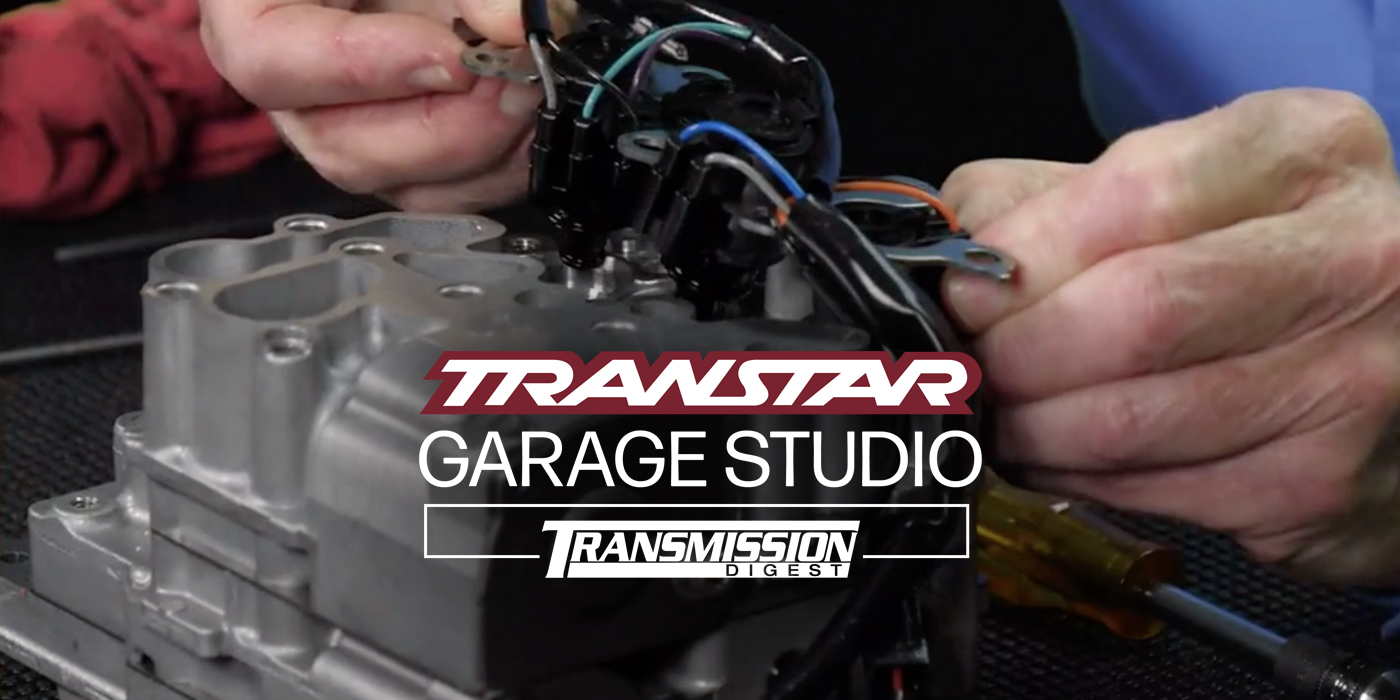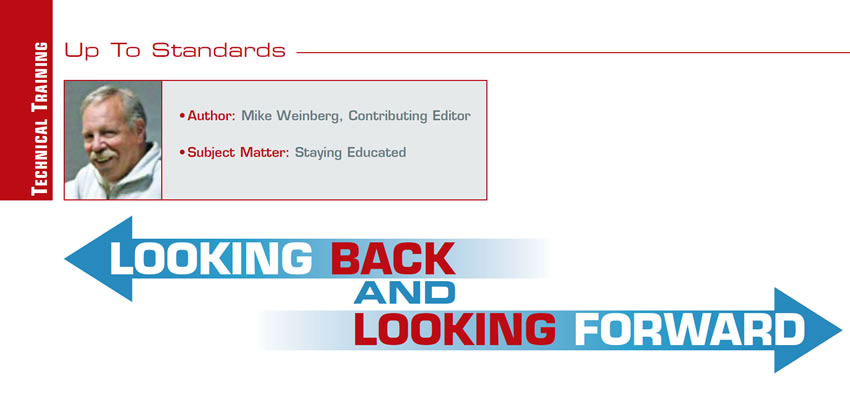
Up to Standards
Author: Mike Weinberg, Contributing Editor
Subject Matter: Staying Educated
Another year comes to a close and we need to review the past 12 months and prepare for the coming year. More than a half a century working on cars has taught me that there is no point at which we can stand still without the technology passing us by. Our industry is in a continuing consolidation as larger companies acquire smaller ones to increase their share price. At a certain point, a large corporation cannot increase sales and cut costs fast enough to show growth and increase shareholder value, so acquisition is the path to a bigger, better bottom line. Repair facilities (once called trans shops) now are adding other services to transmission repair to increase their own cash flow and stay in business. The quality of late-model vehicles has improved dramatically due to the advent of computer control and Cad-Cam design. Cars and trucks now are generating fewer warranty claims, which affects the trans shop/repair facilities as well as the car-dealer service departments. Dealerships no longer have the cushion provided by numerous warranty claims, and have become a major competitor to the aftermarket independent shops. As in nature, only the strong survive. How do we survive and increase our profitability and cash flow in this ferocious environment? That is the question to be discussed.
Education is the first step, and it will be constantly ongoing as long as you are in business. By education I do not mean technical issues alone, because learning new business approaches is a must also. This magazine and others provide the industry with loads of extremely important information. You will need to improve your reading skills and rate of information absorption to stay ahead of the curve. We now are working on six- and seven-speed manual transmissions and eight- and nine-speed automatics, with increasing computer control in transfer cases. Understanding the theory of operation of what you are working on is a must – replacing parts is a path to bankruptcy. You cannot diagnose unless you understand the basic theory, and that includes the harmony in which the entire vehicle must function to unite the complex series of systems depending on each other to make the vehicle perform correctly. Engine issues, brake problems, tire sizes, electronic and computer problems all conspire to make accurate diagnosis more complex.
The original art of “fixing” a transmission or other component has not changed. It starts with finding any design flaws and creating a better, more durable replacement part or other modification. What has changed is the number of parts you are working with, their increased cost, the lack of core supply and the need to stay up-to-date with technology that seems to change every minute. Attending seminars has never been more critical and you need to take advantage of the research and development provided by forums such as ATSG, ATRA and others, such as Sonnax. These people make a living everyday doing the research to overcome problems in the field. The subscription price is a bargain since no shop has the time to do it all and still turn out enough work.
Use your suppliers not only as a parts source, but as an information source. If they do not have a good technical support system, find one that does, as the parts basically are all the same. Ignorance and bad habits are a cost that no shop can survive for long. The increased complexity of the modern units can bring very expensive failures and comebacks.
Management issues have never been more critical. A well-rounded technician also needs to understand what the bottom line is and how to get there. You can be the best rebuilder around, but if the front man cannot sell what is now very expensive work, there is no need to build anything. This magazine and others provide sound articles on the management skills the shop needs to have in order to provide the salaries of the work force and a profit for the owner. For instance, there are a number of companies providing top quality remanufactured units.

“Pride goeth before the fall” is an old saying that remains as true today as ever. Are there units that are not profitable to build due to the parts’ cost and extensive labor? Of course there are and if pride gets in the way of realizing the most profitable path to follow, productivity will suffer along with the profit structure. Does this mean that we no longer need rebuilders? Of course not, but put your brain in gear to discover the units that are profitable to rebuild and the units that you are better off buying, so that the builder concentrates on the best profit percentage available and puts aside the unit that ties up his time and effort for less gain. Buying a reman unit from any number of good providers frees up the bench for the money jobs you can turn out, and eliminates the warranty concerns for that other unit.
Labor costs have changed drastically, and you must ration your time correctly. There is no such thing as a five-minute road test anymore. The road test must be considered part of the diagnostic routine and, in many cases with units that have adaptive “learning” controls, they can be 30 minutes or more. Whether you wish to charge for diagnostic time or not is up to the circumstances in your business environment and competition; however, failing to understand how much time is spent here will send you to the poor house.
Is your labor cost a real-world figure based upon available production hours, labor cost, overhead and a percentage of profit, or is it number picked out of the air because that is what the guy down the road charges? Knowing your dead-nut cost of producing a product is absolutely necessary to controlling time, expense and efficiency, which equals profit.
Parts availability and cost also have changed dramatically. The auto makers do not manufacture many of the parts they use, but contract the manufacture out to tier-one suppliers. In the past those tier-one manufacturers used to sell parts directly to the aftermarket through distributors like my company, but today, the auto makers are working diligently to keep these parts captive only to be sold through the dealerships. They do this by paying for and owning the tooling used to create the parts and have language in the contract that no parts made on their tooling can be sold to anyone but themselves. This means that the aftermarket distributor, in many cases, has to tool up to make the parts that now are held captive to the dealer. If the volume usage of the part is large enough, it is worth the investment to make the part. Small volumes mean the sale goes back to the dealer.
Aftermarket distribution in specialties like transmission repair came into being because dealerships did not want to stock relatively slow-moving parts. The current situation now is regressing to previous decades where lead times for products were longer, but with a public that is used to instant gratification.
Core supplies are dwindling as dealerships require a core return on most units they provide, and outside companies are actively purchasing all the cores they can from salvage yards and core suppliers. This raises every aspect of the cost of doing business. From what I have seen lately, the dealership pricing to our industry also has increased with lower discounts being provided to us. In fact, in many cases, the dealership will sell the parts to your customer at the same price they sell to you.

Finding critical sources of in-time supply is becoming an art form. Thankfully there are a number of companies listed in these pages the supply good quantities of “experienced parts”, which can make a huge difference in your profitability. One important thing to remember is that, by law, list price is only a suggestion. Mark up your parts sales by the percentage you need to create the correct return on investment. The list price is your competitors’ number and does not reflect your overhead. Oh yes, the dealer is now one of your biggest competitors.
This is the time of year for reflection on the past and the direction you wish to take in the future. How do you grow your business? Through careful examination of what you did last year measured against where you need to be this year. Evaluate your costs and work patterns and measure how efficient you are. Only by increasing that efficiency can you grow your profits.
Explore your market, taking the time to study how your competition works, and improve over that baseline. Expand any niche markets that are not being supplied adequately in your business zone. Finding an area of supply that is not being fulfilled gives you a new product line to add to your business, which will bring in added profitable dollars.
Look at your business from a customer’s perspective. What can you improve to attract new customers in a professional, welcoming environment? Nobody wants to fix a transmission, but when they have to, is your establishment the one that they will want to visit? We live in an age of social media, and if you don’t know how to handle it, it will eat your lunch. On the other hand, a good reputation properly put out over the Internet can bring customers in the door. Treat everyone as if they were the last customer on earth. If you don’t, they may well be.
I wish you all a very merry Christmas, and a healthy, successful new year.

Mike Weinberg is president of Rockland Standard Gear.










